Which muscle groups work together?
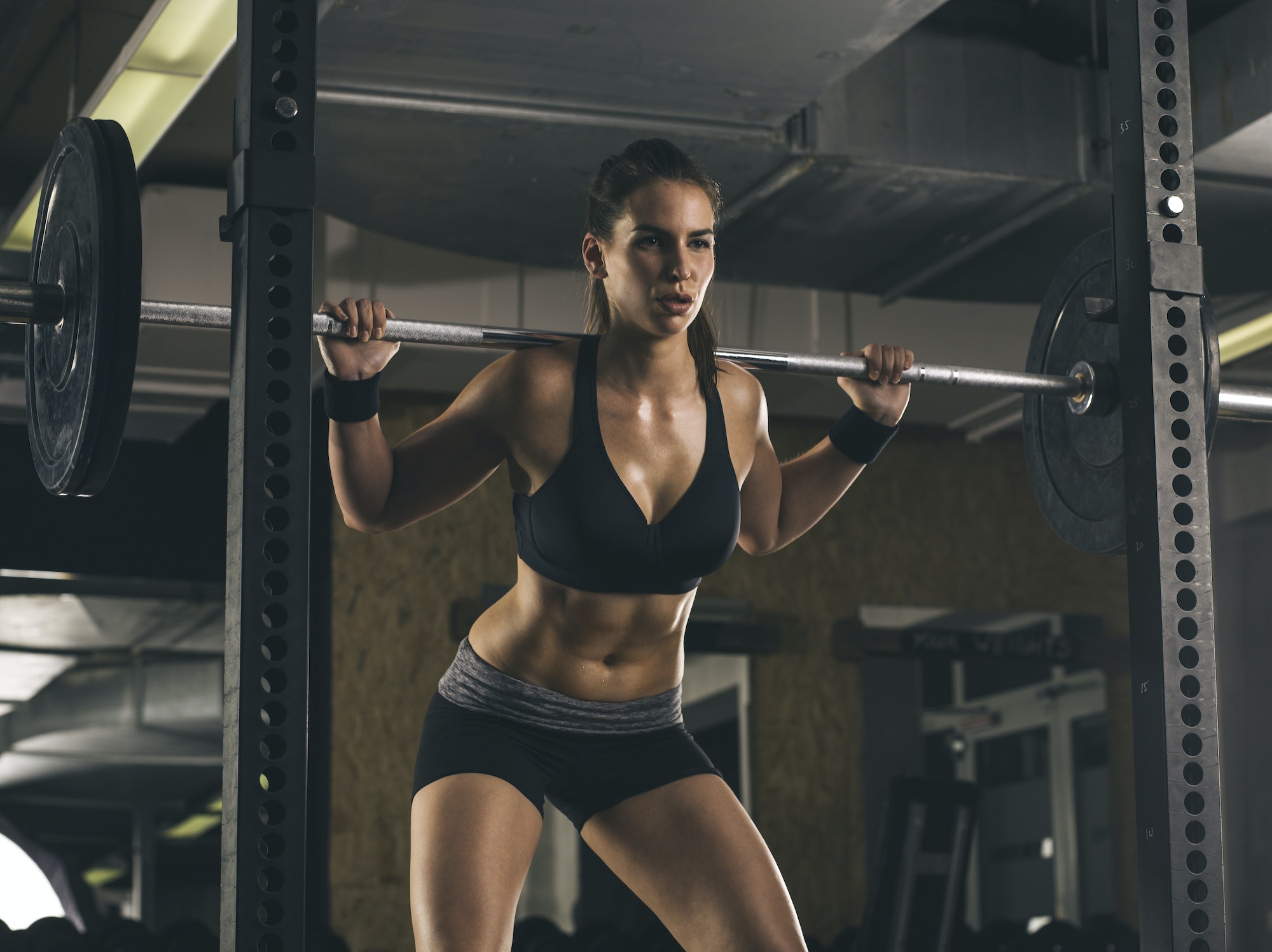
The key to effective training is understanding how different muscle groups interact with each other. Working certain muscles together can help target areas of the body more effectively and maximize the impact of your training.
But don’t worry, there are simple guidelines that can help you get the most out of your workout! In this article, we’ll explore which muscle groups need to be worked together and why this is important for optimal results.
Knowing which combinations of muscle groups work best together can give you better results!
By understanding which muscles need to work together, you can create an effective routine that will help you reach your fitness goals faster. Let’s look at which muscle groups should be working together to see how we can get the most out of our workouts!
What are the different muscle groups?
In summary, muscles can be separated into two categories:
Large muscles
The large muscles/primary muscles, consisting of the pectorals, back, quads and hamstrings;
Small muscles
The small muscles/secondary muscles, consisting of the shoulders, biceps, triceps and calves;
Which muscle groups work together?
There are several schools of thought when it comes to muscle combinations during a workout. The important thing here is to make sure you don’t train two large muscles in the same session: the best combination for fast results is one large muscle combined with two small muscles.
1. Combine opposing muscles
Many exercises involve several different muscle groups:
- When you do the bench press, you work the pecs but also the shoulders and triceps.
- In the same way, when you do an exercise that targets the back, the biceps also work.
So it’s reasonable to assume that if you start with the bench press and then do a shoulder exercise, you won’t be 100% for the shoulders. That’s why one option is to work different muscle groups in one session, combining a small muscle and a big muscle!
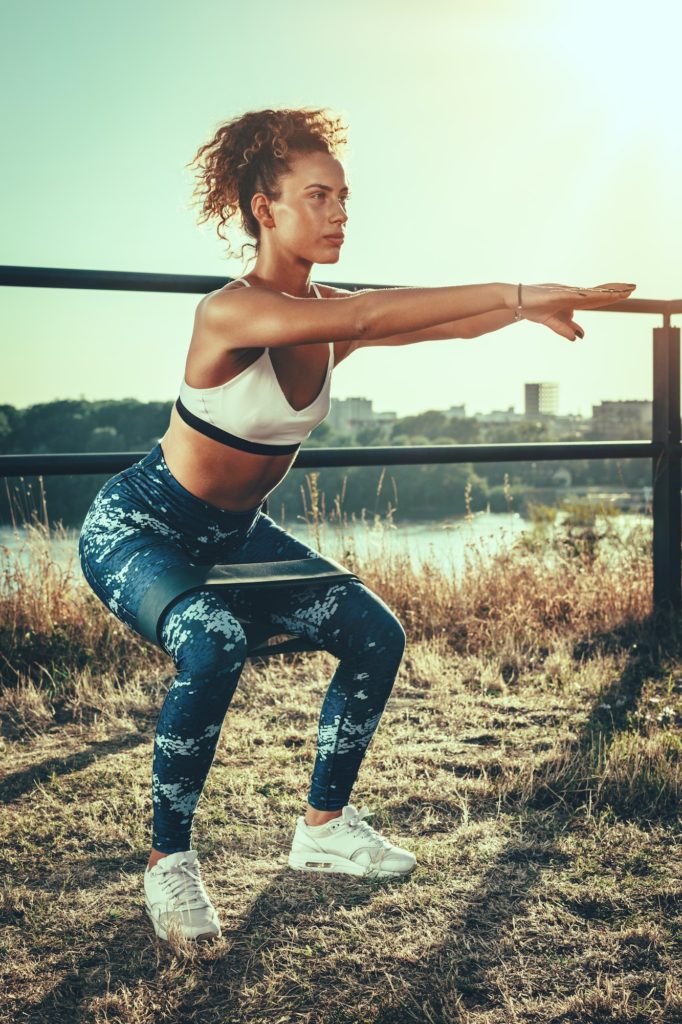
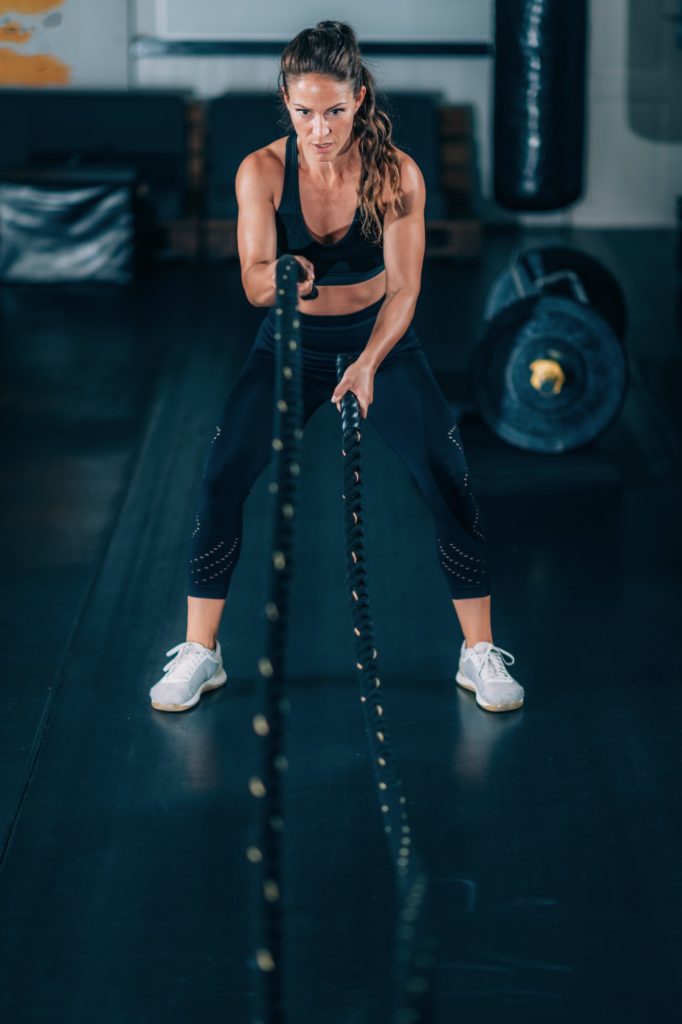
2. Work in Push/Pull/Leg movements
This training method is very popular! This bodybuilding program is built over three days:
- Day 1: Pectorals, shoulders and triceps (all the muscles that “grow”);
- Day 2: Back and biceps (all muscles that “pull”);
- Day 3: Glutes, quadriceps, hamstrings and calves;
After the 3-day sequence, the body is given a day off for the muscles to recover and the muscle fibers to build back stronger.
Muscle Combinations
When it comes to muscle groups that need to be worked together, the chest and back are the perfect pair. Training these two muscle groups can help create balance in your body and promote better overall form when lifting weights. Chest muscles are made up of pectoralis major and pectoralis minor, while back muscles are made up of trapezius, latissimus dorsi, and rhomboids. Combining exercises for both areas will create a more complete workout.
By alternating chest and back exercises each session, you are able to give both muscle groups ample time to rest and recover before working them again. Plus, this approach allows you to focus on different exercise variations that target each area without overworking any muscle group. Doing compound movements such as bench press for chest and pull-ups for back would also help build strength in less time compared to isolated movements.
Overall, incorporating chest and back into your workouts is important if you want optimal results from your training program. Not only will this help strengthen both areas more effectively, but it will also develop better posture as they both work in tandem.
The shoulder and tricep muscles are often worked together in an exercise routine. This is because these two muscle groups complement each other when performing exercises such as push-ups and bench presses. The shoulder muscles provide arm stability while the triceps muscles help extend the elbow joint. Working these two muscle groups together will result in more effective strength-building movements.
When doing exercises that involve these two muscle groups, it's important to make sure that you engage them both equally. This can be done by focusing on proper form and technique for each exercise. It's also important to remember to do a variety of different exercises that target both shoulder and tricep muscles. This helps develop balance and strength throughout the body.
In addition to strengthening shoulder and tricep muscles, working them together can also help improve posture, coordination, balance, and overall mobility. When these two muscle groups are worked together regularly, they can help strengthen core muscles, which will ultimately lead to improved performance during physical activities such as running or playing sports.
The next muscle groups to work together are the biceps and the back. Working these two specific muscles together can provide a variety of benefits to an individual's fitness routine. For starters, targeting both the biceps and the back will help create a balanced look for the arms. This makes the arms more toned and sculpted due to the combination of the two muscles being trained evenly.
Another benefit of working the biceps and back simultaneously is that it helps prevent muscle imbalances. Training one muscle without focusing on its opposite muscle group can lead to imbalances, which can cause joint pain and decreased performance in certain exercises. By training the biceps and back equally, it helps promote symmetry in the body, which leads to improved overall physical performance.
Working these two muscle groups at the same time also helps individuals save time during their workouts. Instead of having to dedicate separate days or even separate workouts to each muscle group, combining them into one session makes more efficient use of time spent in the gym, allowing people to get more done in less time!
The core and upper body are two muscle groups that need to be worked together. This means exercises that target both of these areas should be included in your workout routine. Working these muscles together can help you gain strength faster and prevent injury.
A great way to start with this type of training is to choose five exercises. For example, some good choices would be push-ups, planks, squats, shoulder presses, and triceps dips. These exercises can target both core and upper body muscles. Be sure to do multiple sets of each exercise for best results.
When doing each exercise, focus on proper form and technique so you don't strain muscles or joints. Take the time to read the proper way to perform each move to maximize its effectiveness while minimizing any potential risk of injury. Also, always warm up before starting a workout and stretch afterwards so your muscles can relax and become more flexible.
The 5th muscle group to consider when designing a workout plan is the lower body and core. Working these two groups together ensures that all muscles in the body are worked evenly and that there is no imbalance between upper and lower body strength. This combination of muscle groups also helps improve overall fitness, as it requires coordination of strength and endurance.
Including exercises that target both your lower body and core in your workout routine can help you get stronger overall while preventing injury from imbalanced strength levels between different body parts. . Additionally, this type of workout can help improve posture by strengthening your abdominal muscles to keep your spine properly aligned while working on other parts of your body. So if you're looking for an effective way to build full-body strength, incorporating lower body and core exercises is a great option.
When it comes to working muscle groups together, arms and chest should be on the list. Training these two body parts together can provide a number of benefits and help you reach your fitness goals faster. For starters, combining arm and chest exercises makes more efficient use of time spent in the gym. Rather than having to perform separate workouts for each muscle group, you can do both in one session. Plus, you can save energy by performing multiple exercises in a row without needing to rest between sets.
Performing arm and chest exercises together also helps to ensure that the muscles are worked evenly; this is because the movements involve both upper body segments at the same time. Incorporating exercises such as push-ups or bench presses into your routine will work not only your chest, but also your triceps, shoulders, and back muscles. This way, all upper body muscles get some attention during each workout instead of isolating one particular region.
Adding arm and chest exercises to your routine can help build strength throughout your upper body while also increasing muscular endurance. This type of training also helps reduce the risk of injury from overworking specific muscle groups since the arms and chest are used simultaneously. So if you're looking for an effective way to target multiple areas at once, it's definitely worth considering incorporating arm and chest exercises into your workout plan.
The next couple of muscle groups on the list are the legs and core. Working these two together means focusing on strengthening your core and lower back muscles while toning your quads, hamstrings, glutes, and calves. A complete leg and core workout can help improve balance, stability, coordination, posture, strength and overall fitness.
Incorporating exercises that target both areas into a single workout is an effective way to use time efficiently. Squats are an example of a compound exercise that works both lower body and core muscles. Lunges with a twist engage the legs while engaging the muscles of the abdomen. Deadlifts are another great option for working both muscle groups at once – when done correctly, they can help strengthen your entire body, from head to toe.
Leg and core exercises should be included in any workout routine for optimal results. Strengthening these two areas helps create a strong foundation upon which other exercises can build. When done consistently, you will begin to notice improvements in your physical performance as well as the overall health benefits that come with it!
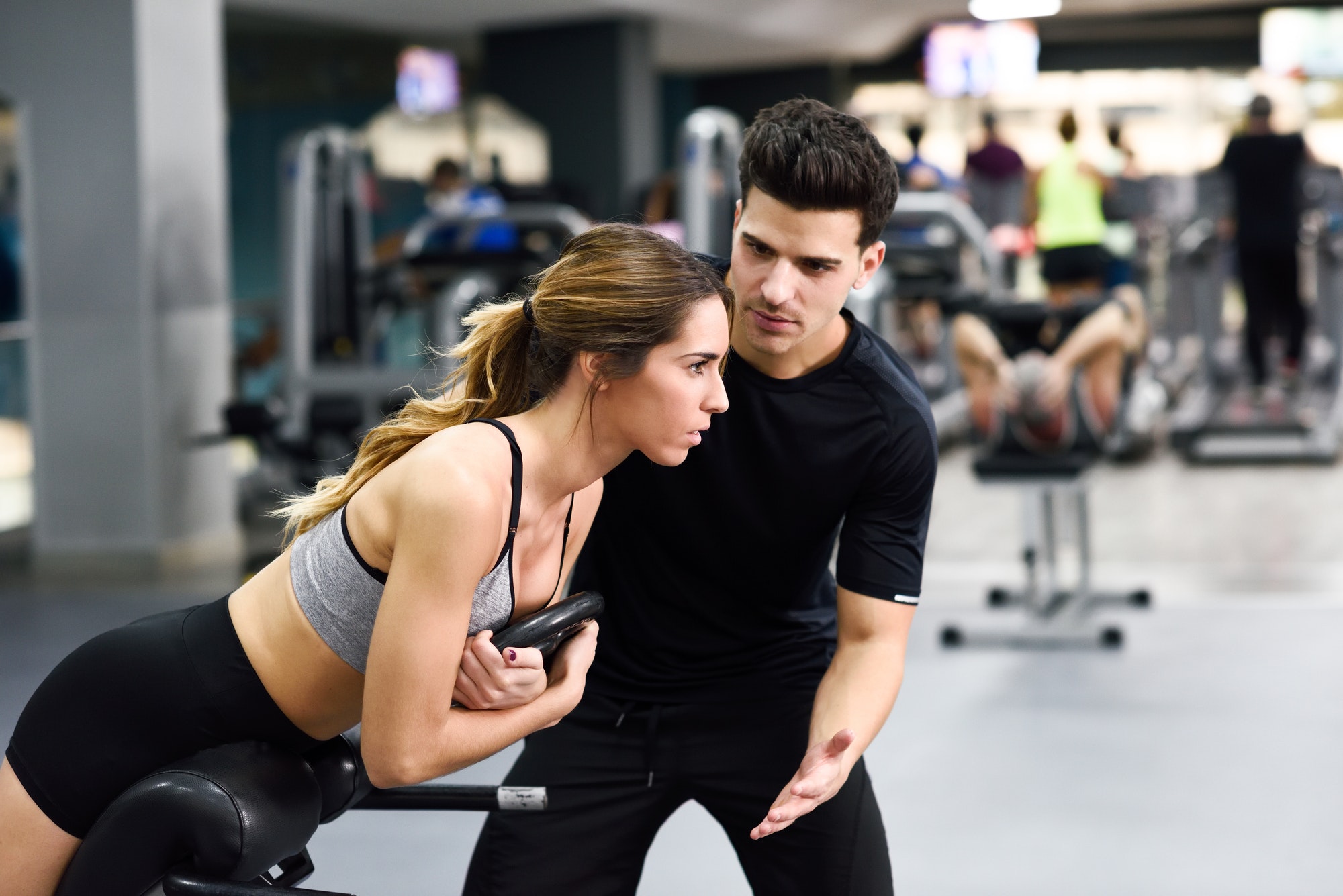
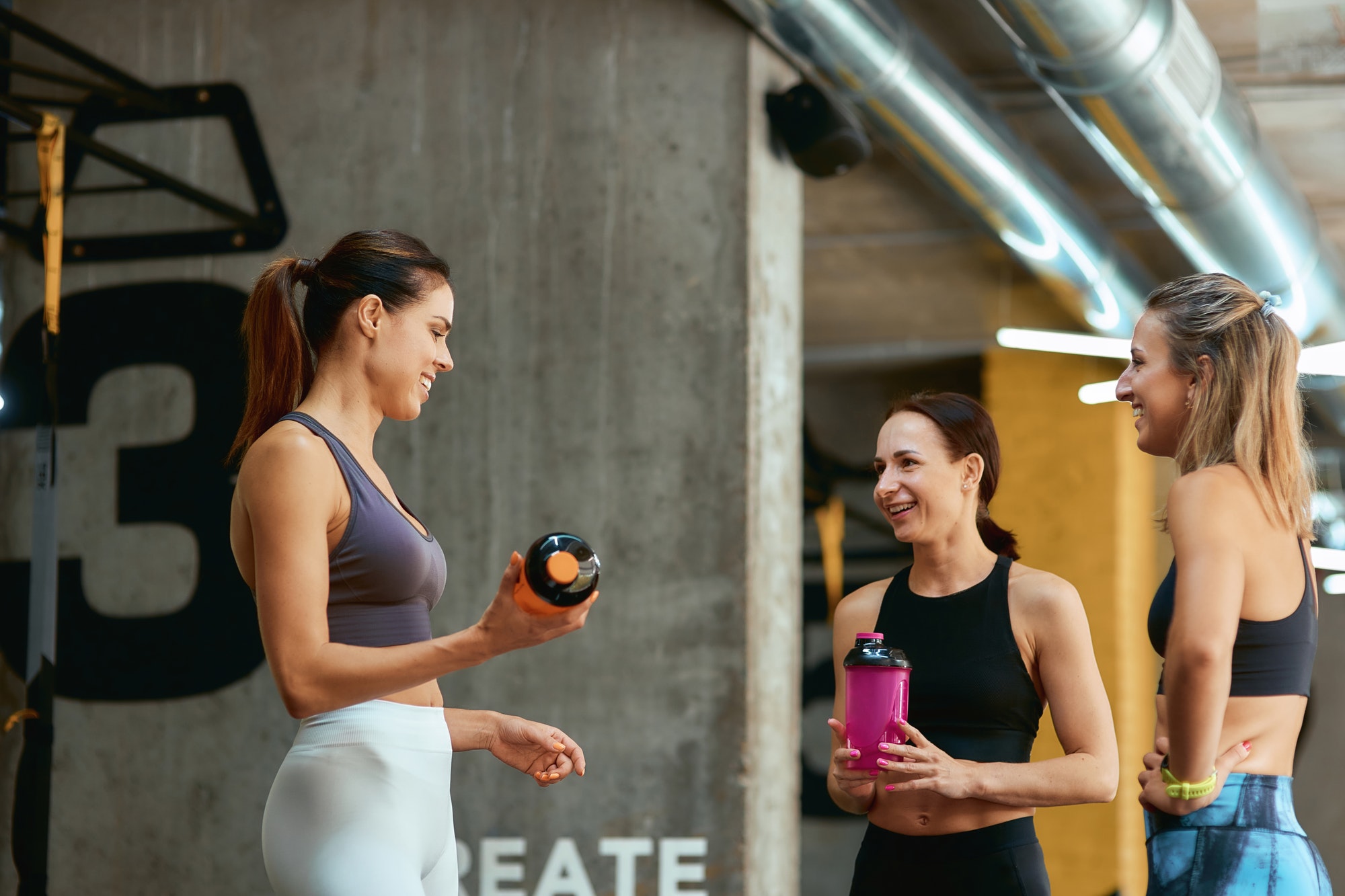

Learn about muscle groups and good training habits
How many strength training sessions per week should I plan?
If you’re starting a new type of workout, it’s best to start slowly and work your way up from there. Aim for two sessions per week at first, then gradually increase your workouts as your strength and endurance improve. This will help you avoid potential injuries by preventing overtraining. It’s also important to give your body enough time between workouts to recover properly: working out every day is never a good idea.
Make sure to mix up your workout routine so you don’t get bored or stuck in what’s called a plateau. Alternate between different exercises and muscle groups each day and try new activities whenever possible. It will make your workouts interesting and challenging while helping you achieve your fitness goals in the most efficient way possible.
What's the best way to warm up before a workout?
Warming up is an essential part of any workout routine, for both big and small muscles. It is important to properly warm up the body before engaging in strenuous physical activity, as this can help prevent injury and increase performance.
1. Dynamic Stretching - One of the most effective ways to warm up!
Dynamic stretching involves moving parts of your body through a full range of motion while doing exercises like squats or lunges. This type of stretching helps increase blood flow throughout the body and raises core temperature, which can help you perform better during your workout. Additionally, dynamic stretching helps activate the muscle groups that will be used during exercise, making them more ready for activity and reducing the risk of injury.
2. Stretching with foam rollers
If you’re looking for a quick way to warm up before a workout, a good option is foam rolling. Foam rolling helps improve mobility by releasing tension in muscles and increasing blood circulation throughout the body. This can help reduce muscle soreness after a workout and may even reduce the risk of injury. Additionally, foam rolling can help release lactic acid buildup during intense exercise, which can further improve performance during your workout.
How many sets and reps should I do for each muscle group?
The number of sets and reps you do will depend on your specific fitness goals.
If your goal is to build strength or muscle size, you need a strength training program that focuses on heavy weights with fewer reps. On the other hand, if your goal is to increase muscular endurance, strength training sessions with lighter weights and more repetitions will be more beneficial. Also, it’s important to remember that rest days are key when it comes to training! Taking time out from workouts allows your muscles to recover and strengthen.
The best option is always to talk to a bodybuilding expert!
When trying to decide how many sets and reps are right for you, it’s important to talk to a professional trainer or doctor who can help you make an informed decision based on your individual needs. They can assess your current fitness level and create a weight training program with training frequency and exercises specifically designed for you. This way, you can ensure that the number of sets and reps in each strength training session is appropriate to achieve the desired results safely and effectively.
Is it important to stretch after a workout?
Stretching is often overlooked, but it’s important to remember that stretching can help improve flexibility and range of motion, in addition to reducing the risk of injury during exercise.
The answer is yes! When you exercise, your muscles become tight due to the increased tension in the muscle fibers: stretching helps relax these muscles and restore them to their normal length. This can help reduce post-workout soreness, as well as improve overall flexibility and range of motion.
Focus on stretches that target specific muscle groups you’ve worked on during your workout for best results. Hold each stretch for about 30 seconds and repeat 2-3 times per area worked.

